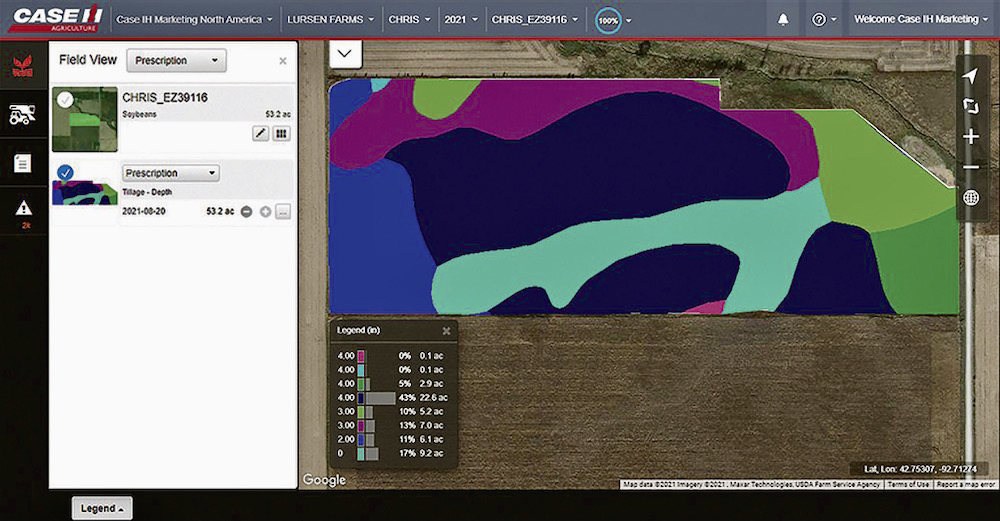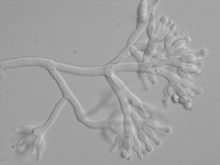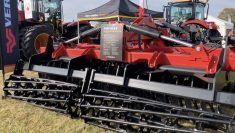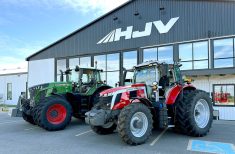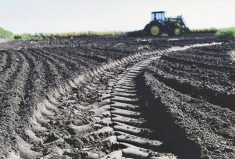Glacier FarmMedia – Farmers are accustomed to using prescription maps for fertilizer and crop protection products.
Now, they can use those layers to make prescription maps for tillage operations.
Case has introduced prescription tillage technology as an option to its existing AFS Soil Command.
Read Also
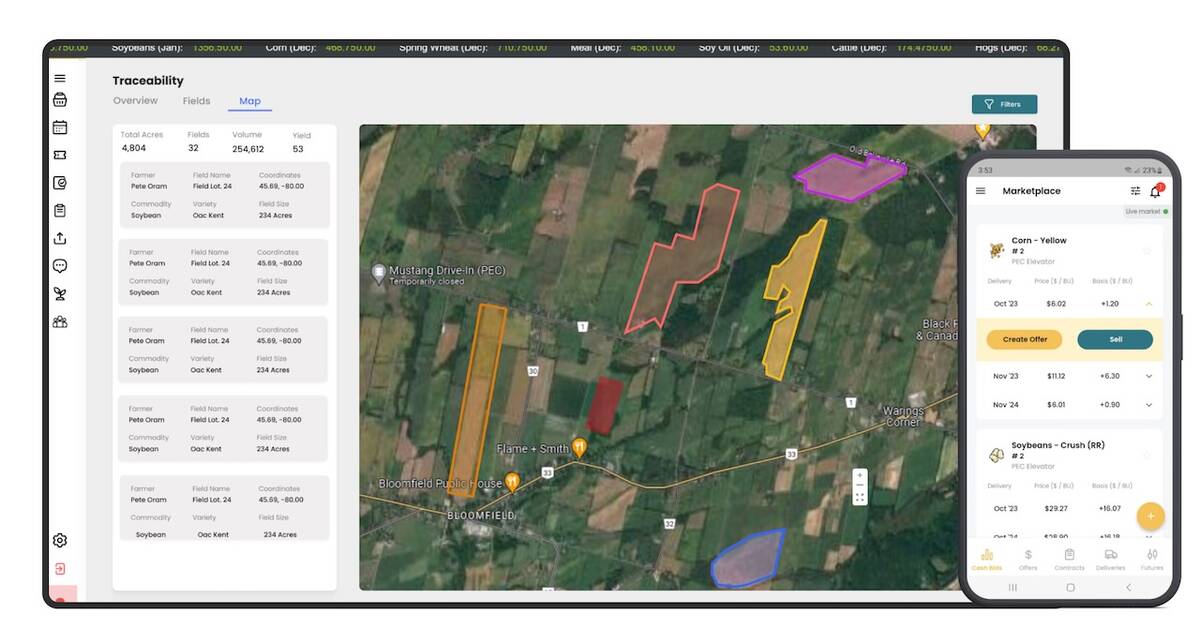
Ontario company Grain Discovery acquired by DTN
Grain Discovery, an Ontario comapny that creates software for the grain value chain, has been acquired by DTN.
Why it matters: With this technology, a farm manager or agronomist can create a prescription map that will enable specific automatic machine adjustments for each tillage tool.
The tillage prescription map is based on various maps producers have been using for years. It enables producers to vary tillage settings based on changing soil types, field conditions, conservation practices and topography. The map addresses a range of soil management challenges to create an optimal environment for plants, minimize erosion and preserve moisture where needed.
This feature completes the full lineup of AFS Soil Command offerings including seedbed sensing, agronomic control and mapping, whether a grower practices conventional or conservation tillage, said Chris Lursen, tillage marketing manager.
“AFS Soil Command tillage technology is a game-changer because it brings site-specific precision to soil management. We’re taking the same variable rate approach growers use for seed and fertilizer rates. Zone-managed tillage allows growers to farm for all conditions, from residue management and compaction to improving soil conservation.
“A couple years ago we introduced electronic control on all the main functions of a tillage machine. All control was in the cab.
“That first step allowed us to get real time feedback from farmers. They saw a lot of benefits in being able to make those fine-tuning adjustments without stopping and getting out of the cab. So they did a better job and it took less time.
“Once we had digital control, linking it to a mapping system was the easy part. We’ve been doing that with Advanced Farming Systems for years now.”
With all these adjustments available, and with the tilled soil 30 feet behind, how does the machine operator know which knob to turn and which direction to turn it?
Lursen said that’s the beauty of the tillage prescription map. All the field data collected over the years can be put into a format that recognizes sandy areas, eroded knolls, high yielding spots, possible mud holes, highly compacted spots, high residue, sparse residue and saline areas.
“You have all kinds of maps available, but all you need really is the yield map. That and a topography map. They should tell you everything you need to know to build a tillage prescription map.
“For example, you wouldn’t want to till very aggressively on the side slopes. Down in the bottoms with the heavy soils, you maybe want to go deeper to mix in that residue.”
As an example, Lursen said that when using a True-Tandem 335VT vertical tillage tool in fields with highly erodible zones, AFS Soil Command enables the operator to run at deeper depths to manage heavy residue cover, and as shallow as zero in areas that need TLC.
Operators address compaction by running deeper to fracture the compaction layer with a primary tool. Other areas are worked less aggressively.
The farm manager or agronomist creates prescription maps that enable specific automatic machine adjustments for each aspect of the tillage tool.
The maps optimize settings for depth control, fore-aft levelling, stabilizer wheel position and downforce. The technology helps instil peace of mind knowing the tool is set for optimal performance regardless of the operator.
After a tillage run is complete, producers can visualize as-tilled data to gain agronomic insights. Producers analyze layers of agronomic information to help make decisions through the rest of the growing season and into the next.
The machine automatically adjusts to conditions that require little to no tillage treatment.
This ability to vary speed to match soil conditions lets an operator cover more acres per day. Prescription tillage also helps minimize equipment wear and tear while maximizing fuel efficiency.
Case evaluated the efficiency of an Ecolo-Tiger 875 disk ripper with prescriptions based on soil type and conditions. With faster field speeds, tillage prescriptions helped enhance productivity up to 9.5 per cent. In fields with compaction, prescriptions can be developed to fracture hardpan at the appropriate depth to help boost yield potential.
University of Illinois research found that corn yields increased by 33 bushels per acre and soybean yields increased by 18 bu. per acre, all by eliminating compaction. Uneven crop emergence and stand variability caused by compaction can reduce crop yields by up to 50 per cent.
This article was originally published at The Western Producer.

